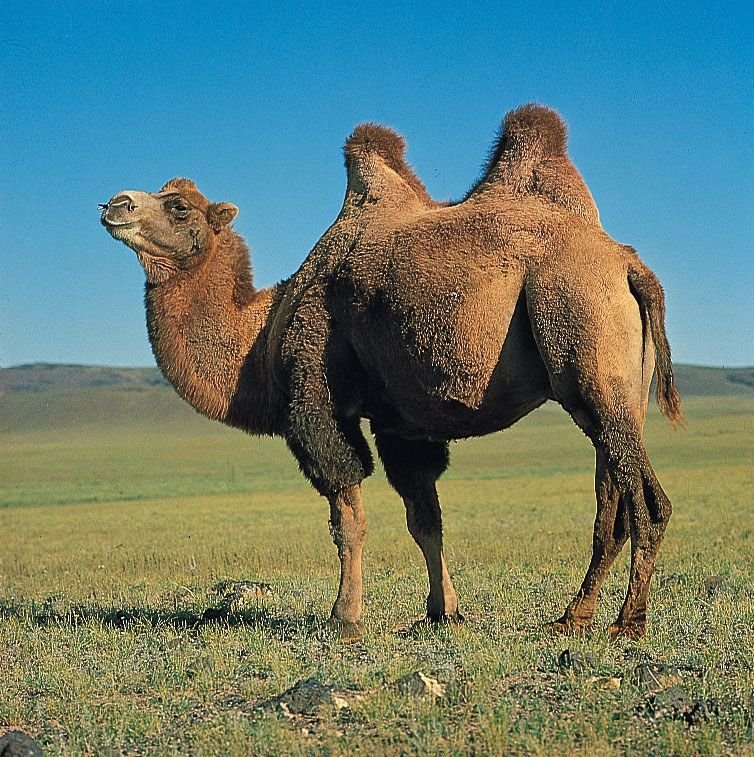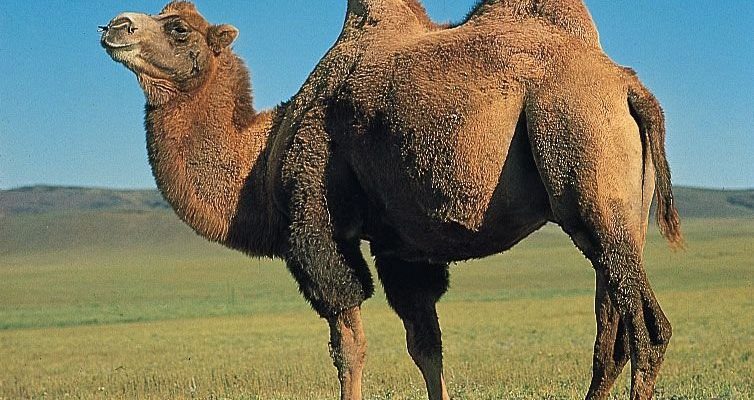
You might be wondering why these unique animals matter. Well, the Bactrian camel is not your average desert dweller. Found primarily in the steppes of Central Asia, they are perfectly adapted to survive in extreme conditions, and their presence significantly influences the environment around them. From grazing habits to providing sustenance for local communities, let’s delve into the many ways the Bactrian camel enriches its ecosystem.
Understanding the Bactrian Camel’s Habitat
Bactrian camels thrive in harsh climates, including deserts and semi-desert regions of Mongolia and China. Unlike their single-humped cousins, these camels have evolved to handle colder temperatures. Their thick fur and fat-storing humps allow them to withstand frigid nights and scorching days.
This adaptability means they can survive in areas where few other animals can. A Bactrian camel can go weeks without water, drawing moisture from the plants it consumes. This makes them essential in maintaining a balance within their ecosystem, where water is scarce. The habitats they roam are often fragile, and their presence can help preserve the ecological balance.
Grazing and Landscape Management
You might not think about it, but Bactrian camels are natural landscape managers. As they graze on grasses and shrubs, they help control plant growth. This grazing keeps the vegetation in check, which prevents overgrowth and allows other plants to thrive.
Their unique digestive system allows them to process tough, fibrous plants that other herbivores might ignore. By doing this, they effectively contribute to soil fertility. When camels graze, they leave behind nutrient-rich droppings that fertilize the ground. This process promotes the growth of diverse plant species, benefiting the entire ecosystem.
Supporting Biodiversity
In ecosystems where Bactrian camels roam, they play a significant role in supporting a range of other species. Their grazing habits create open spaces, which benefit various small mammals, insects, and birds. For example, when camels eat certain plants, it can help new plants grow in that space, creating a more diverse habitat.
Moreover, Bactrian camels are an essential food source for predators such as wolves. This predator-prey relationship shows how interconnected the ecosystem is—removing camels from the landscape would ripple through to affect numerous other species in ways we might not immediately realize.
Cultural and Economic Significance
Bactrian camels aren’t just a part of the wildlife— they are also vital to the cultures and economies of the communities that live alongside them. In many Central Asian cultures, these animals are considered symbols of endurance and resilience. They provide transportation, milk, and meat to local people, contributing to their livelihoods.
The wool from Bactrian camels is highly valued. It is warmer than sheep’s wool and is often used to make clothing and blankets. By providing these resources, the Bactrian camel plays a dual role, supporting human life while remaining an integral part of the ecosystem.
Climate Resilience and Adaptation
As climate change continues to impact regions worldwide, the Bactrian camel might hold some clues for resilience. Their ability to thrive in extreme environments could inform conservation efforts and studies in animal adaptation.
Understanding how Bactrian camels adapt to their environment can lead to better strategies for managing habitats affected by climate change. This knowledge can help preserve not only the camels but also the complex ecosystems they are part of. They are more than just survivors; they are examples of thriving against the odds.
The Threats Facing Bactrian Camels
While Bactrian camels play a vital role in their ecosystems, they face several threats that could impact their survival. Habitat loss due to agricultural expansion and climate change is a significant concern. As their environment shrinks, the Bactrian camel’s ability to contribute to its ecosystem diminishes.
As human activities encroach on their habitats, it’s crucial to recognize the ripple effects this could have on the ecosystem.
Additionally, poaching and disease threaten their numbers. Conservation efforts are essential to ensure that these unique camels continue to roam the steppes and maintain their vital roles.
Conservation Efforts and Their Importance
Conservation efforts for Bactrian camels are more crucial than ever. Organizations are working to protect their habitats and promote sustainable practices that benefit both the camels and local communities. These initiatives often focus on preserving traditional grazing practices that allow Bactrian camels to thrive alongside humans.
Moreover, raising awareness about the ecological significance of Bactrian camels helps garner support for their conservation. By connecting people with these magnificent creatures, we can inspire action to protect their future and, in turn, the health of the ecosystems they support.
Wrapping Up: The Bactrian Camel’s Lasting Impact
The Bactrian camel is more than just a fascinating creature; it’s a vital cog in the machinery of its ecosystem. From managing landscapes to supporting local communities and biodiversity, these animals have a far-reaching impact.
Understanding their role encourages us to think about conservation and the interconnectedness of life. By safeguarding Bactrian camels and their habitats, we’re not just protecting a species—we’re preserving the delicate balance of life in the steppes of Central Asia. Their presence enriches the world, reminding us how every creature, no matter how seemingly insignificant, plays a part in the grand tapestry of nature.

